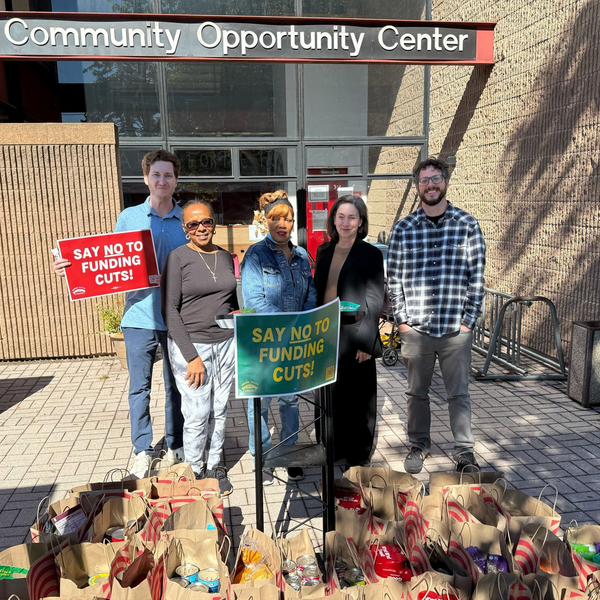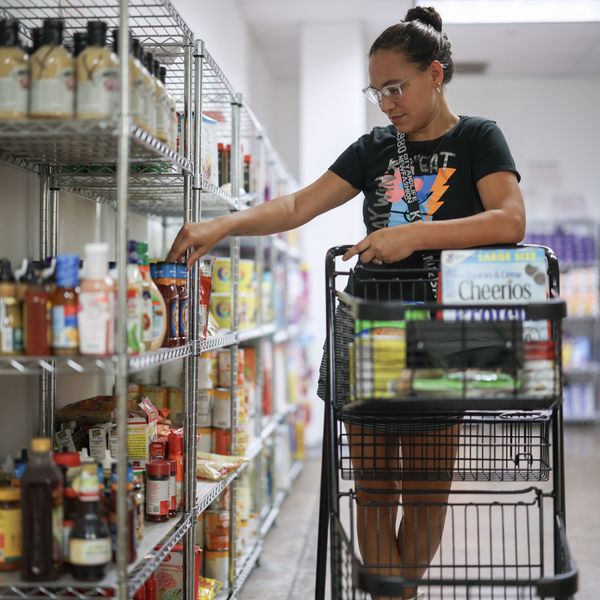Food insecurity in the United States remains at record levels for the 5th year in a row, with 17.6 million households having difficulty feeding their families, and 7 million of these suffering from "very low food security" that forced them to go hungry in 2012, a new report by the U.S. Department of Agriculture reveals.
A shocking 14.5 percent of all U.S. households--amounting to 49 million people--suffered food insecurity in 2012, with poor households, "households with children headed by single women or single men," and African American and Hispanic households hardest hit.
"[W]hat we're seeing are a lot of working families that are unable to make ends meet. We're seeing a lot of seniors and we are definitely serving a lot more children," Carey Miller, executive director of the Food Bank of Iowa in Des Moines that distributes products to pantries, soup kitchens and emergency shelters in nearly half the state, told USA Today.
While the report showed a slight improvement since 2011, the authors say that it is not statistically significant and that hunger rates have remained alarmingly high since the 2008 Great Recession. "The prevalence of food insecurity has been essentially unchanged since 2008," the report reads.
The findings, based on survey data from the Census Bureau, come as congressional Republicans push for a $40 billion slash to the federal Supplemental Nutrition Assistance Program which provides food assistance to millions of low-income families in the US.
"Food insecurity remains a very real challenge for millions of Americans," declared Agriculture Secretary Tom Vilsack. "Today's report underscores the importance of programs such as the Supplemental Nutrition Assistance Program that have helped keep food insecurity from rising, even during the economic recession."
_____________________


